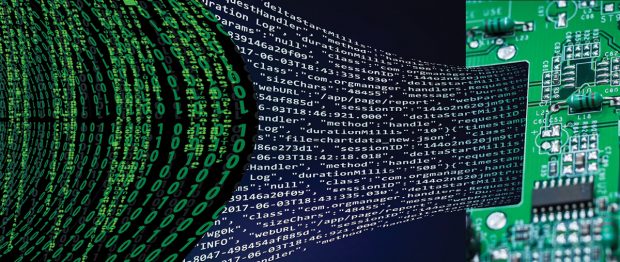By Rob Ferris, MD, Feritech Global
Embedded software engineering operates at the intersection of hardware and software. Manufacturers are now building embedded software into the electronics of everything from cars to security systems, pacemakers to military defence systems.
Indeed, embedded software is perhaps now the most significant factor driving innovation in device intelligence and performance. Advances are moving at an unprecedented speed and the industry is now growing exponentially, fuelled by increasing end-user expectations. The global embedded systems market is expected to reach more than $130 billion yearly by 2027. (Source: Fior Markets.)
With seemingly limitless potential applications, it is expected that automotive and medical markets will be major drivers of the embedded software industry, but really there are hardly any sectors where embedded software is not now a factor. For example, in the marine technology sector, we see embedded software becoming increasingly important as the move towards autonomous products, robotics and AI gathers pace.
The rise of 5G, the Internet of Things (IoT) and edge computing will further boost the industry.
One particular trend that is interesting to note is that Python is fast growing in popularity among Embedded Systems Engineers and looks set to take the lead in programming embedded electronics in the next decade. (The rise of Python is also reflected in the fact that older languages like C and C++ are rarely taught in university courses anymore.) One clear advantage of Python is its simplicity. Programmers of any specialty can easily contribute to Python programs and this facilitates a greater amount of collaboration. The more programmers can collaborate effectively, the faster they can develop new projects and move forward with innovation.
Another very significant trend is the impact of machine learning in technology.
In the coming decade, machine learning is likely to impact many industries through embedded electronics. Machine learning has potential in many areas of engineering and technology, but the Internet of Things (IoT) is especially interesting. Embedded microcontrollers are the newest way to communicate seamlessly with the cloud. Needing less bandwidth than previous technologies, they can perform object detection and the opportunities this opens up are limitless.
In addition, embedded software systems are highly customizable. This is important as it means that they offer flexibility for new applications and innovation in other industries.
So, embedded software is today’s critical new frontier in manufacturing and as a company with ambitions to be at the forefront of advanced manufacturing, it is an area where we plan to excel.
We are currently developing the world’s first autonomous vehicle for geotechnical surveys, with sea trials expected by the end of 2022.
This builds on Feritech’s long track record of success in embedded software engineering from high pressure, high temperature to long term data acquisition and subsea control systems.
The Feritech HUB uses embedded software to seamlessly operate and control the entire range of Feritech geotechnical equipment, corers, winches, CPT, heat flow probe and LARS, from a single device. The equipment is able to communicate with each other through the HUB.
Embedded software is an area which we have identified as a long term centre of excellence for the company and one where we want to continually build our skills to stay at the leading edge.
We are currently looking to recruit new embedded software engineers to help us on this journey. (link)

